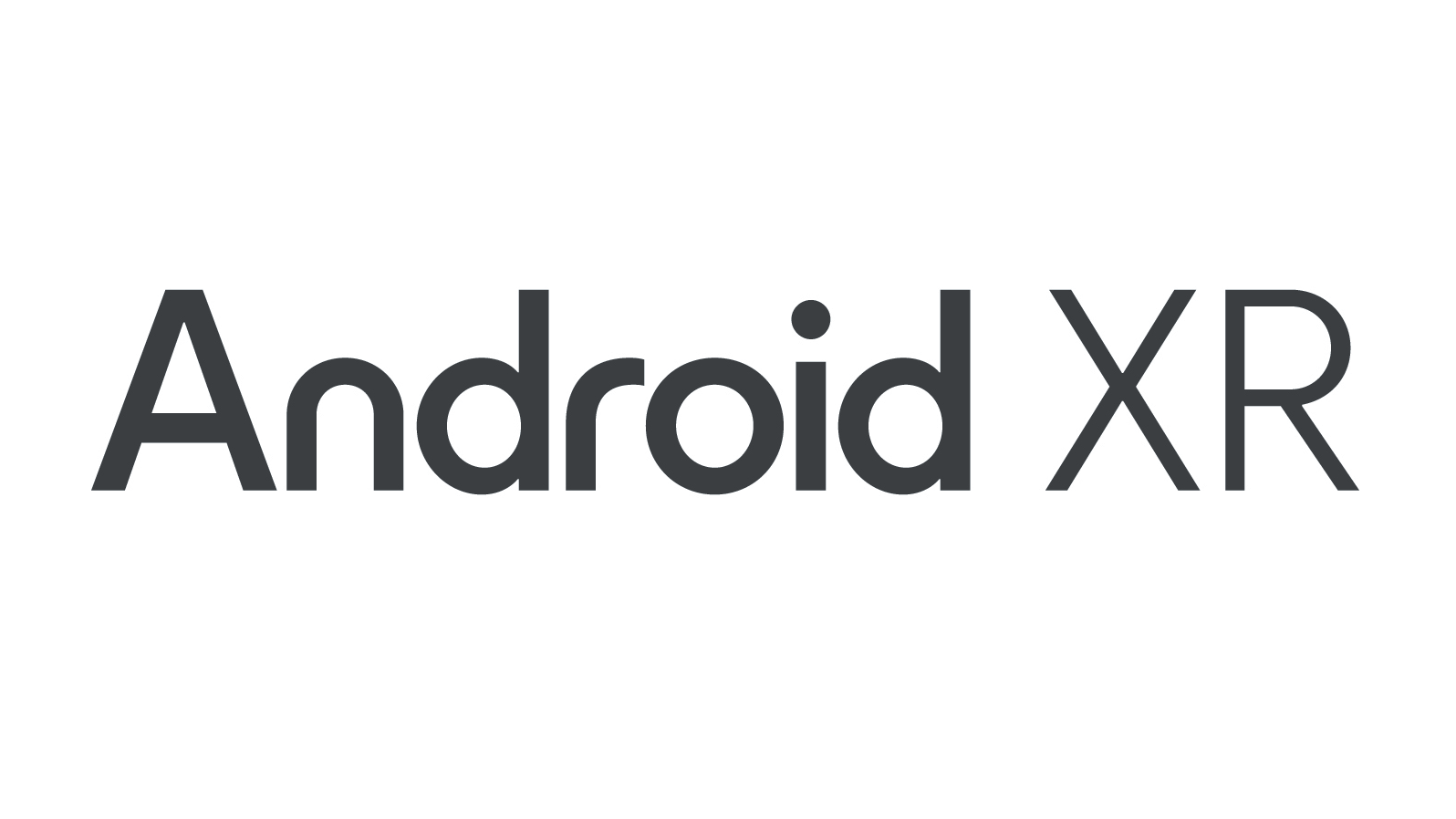It looks like the much-anticipated PC connection for the PlayStation VR 2 headset could finally make an appearance this year. However, be prepared to shell out a bit more, as you might need additional hardware to make it work. A recent filing with the South Korean government hints at a PSVR2 “adapter,” suggesting that a dongle or connector will be necessary to link the headset to a PC. This could finally allow us to enjoy our favorite PC VR games using Sony’s tech.
While the PSVR2 offers an impressive experience, its $550 price tag, limited to PlayStation 5, and lack of backward compatibility with PSVR1 games have made it a peculiar choice for anyone but the most committed PS5 enthusiasts. Earlier this year, Sony teased the possibility of extending access to “additional games on PC” by February. Now, certification from South Korea’s National Radio Research Agency reveals Sony’s strategy for making the PSVR2 PC-compatible. Spotted first by VR enthusiast Brad Lynch on Twitter, Sony seems to have crafted a “PlayStation VR 2 PC adapter,” with a certification date pointing to May 27.
Here’s the nitty-gritty on these developments. Given the name “adapter,” it’s likely we’re talking about a USB dongle that’ll connect to your PC. However, how Sony plans to market and sell this add-on remains unclear. One question that lingers is whether the PSVR2 will be entirely compatible with PCs, enabling direct access to Steam VR, or if it will necessitate streaming PC games to the headset, similar to how Meta Quest headsets operate with Game Pass or Steam VR titles.
Knowing Sony, it might lean towards a more controlled approach. Recently, PlayStation has warmed up to releasing first-party titles on Windows, like the much-praised Ghost of Tsushima port. However, Sony has recently required players to log into a PlayStation Network account for games like Helldivers 2, suggesting they might not be eager to let users operate their headsets entirely independently.
Initially priced at $550, the PSVR2 has seen a price drop to nearly $100 less in the meantime. Despite its brilliant dual OLED displays and advanced eye-tracking capabilities, which stand out in mid-range VR, the device struggles to outshine the $500 Meta Quest 3, known for its superior AR passthrough features. Reports indicate that Sony has scaled back VR production until demand picks up.
Yet, if Sony loosens its tight hold on its VR ecosystem, 2024 could see a resurgence in VR gaming. Recently, Meta unveiled Horizon OS, aiming to facilitate the development of Quest-like VR devices by other manufacturers. Lenovo and Asus have already jumped on board, raising excitement about what’s next. Meanwhile, PlayStation adds its VR titles to the PlayStation Plus Premium lineup. The gaming selection remains limited, so the best move would be giving players access to an expansive library of games, exclusives or not.
Fancy more of Gizmodo’s top consumer electronics recommendations? Dive into our guides for the best laptops, best TVs, and best headphones. And if you’re curious about what’s next, check out our insights into the iPhone 16.












































